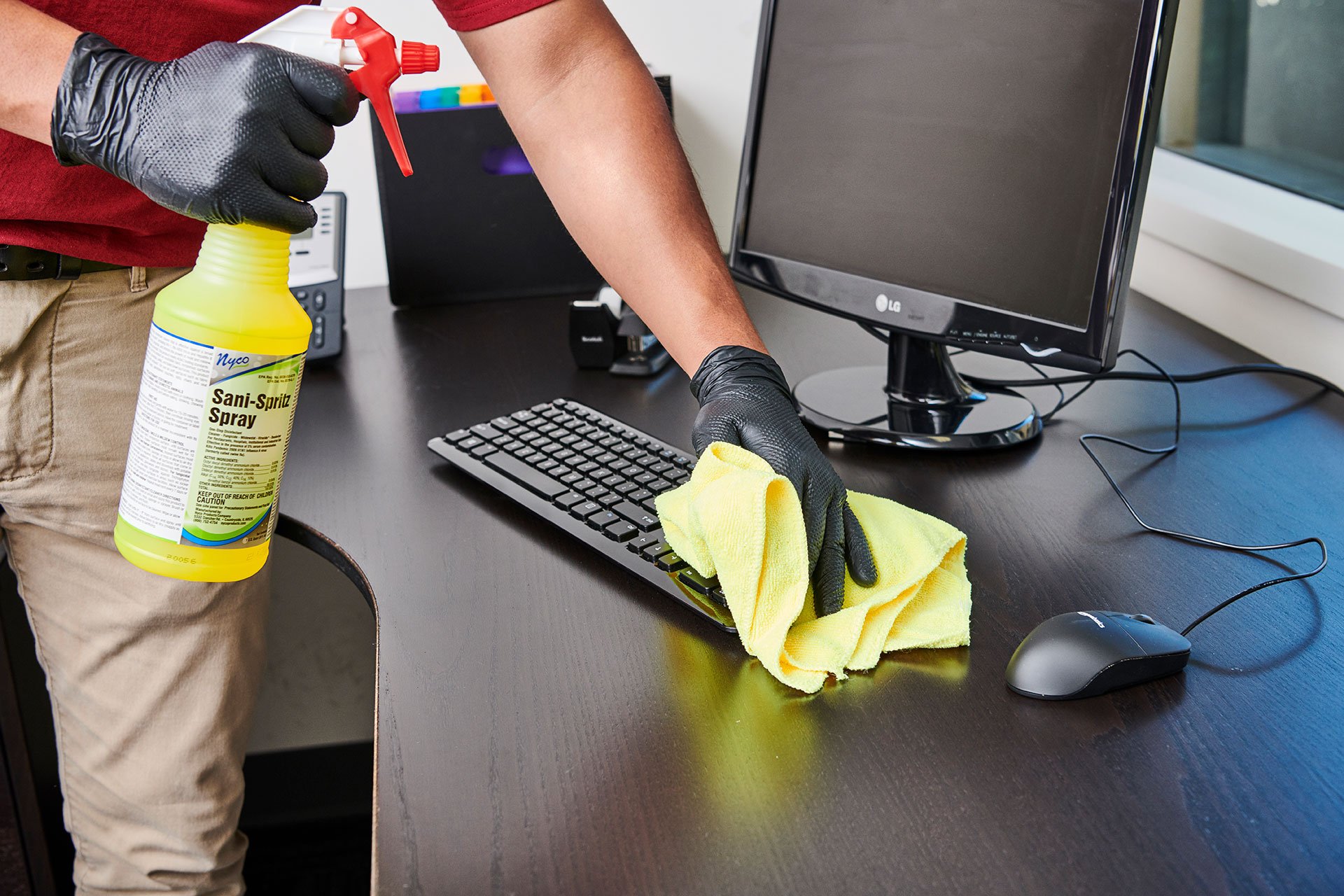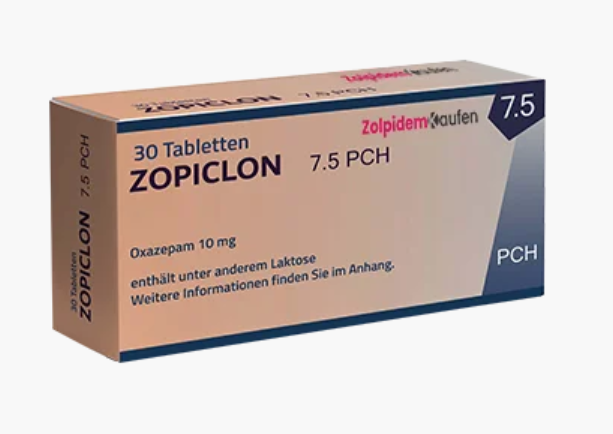In an age where data breaches and identity theft are common, protecting your confidential documents is more important than ever. While digital security is often the focus, physical documents with sensitive information pose risks if not properly disposed of.
This detailed guide will show you how to properly shred paper and keep your personal and business information safe.
Why You Should Shred Paper?
Paper shredding is a good way to protect sensitive information. Here are some main reasons why it’s important:
Identity thieves can steal documents that contain personal information, such as Social Security numbers, bank details, and addresses. Many laws and regulations, like HIPAA for healthcare and GDPR for data protection, require you to dispose of sensitive documents safely to protect privacy.
Protect Business Information: Confidential business documents, including contracts, financial records, and strategic plans, must be securely destroyed to prevent corporate espionage and maintain competitive advantage.
Understanding Different Types of Paper Shredders
Choosing the right shredder is important for ensuring that your documents are properly destroyed. Here’s a look at the different types.
Shredders For Strip-Cutting
Description: Cuts paper into long strips.
Level of Security: Low. You can put the strips back together if you work hard.
This is the best for simple office documents that don’t require much attention.
Cross-Cut Shredders
This tool cuts paper both horizontally and vertically into small pieces.
Security level is medium. Offers better security than strip-cutting.
Best for: Personal and most business records.
Shredders With Micro-Cuts
Description: Makes paper look like confetti.
High level of security. It’s really hard to recreate.
Best for: Highly sensitive documents, such as financial records and personal identification documents.
Best Practices for Paper Shredding
To keep your documents safe, follow these tips:
Doing Regular Shredding
Develop a regular schedule to shred sensitive documents. Depending on your volume of paperwork, this could be daily, weekly, or monthly.
Shred Immediately
Shred documents as soon you don’t need them. Keeping unnecessary documents around increases the risk that they will fall into the wrong hands.
Use a Shredder with a high-security lock
Buy a micro-cut shredder for the best protection.
Shred On-Site Shredding
If you can, shred documents on-site so you can control how they are destroyed. This reduces the risk that documents are intercepted during transport.
How to Shred Documents?
Not all papers need to be thrown away, but those with important information do. Here are some common papers that should be thrown away:
- Documents about money: Bank statements, credit card bills, and tax returns.
- Medical records: Prescription labels, medical bills, and insurance information.
- Contracts, letters, and secret agreements.
- Personal Information: Pictures of ID, bills for utilities, and plans for traveling.
- Business Documents: Employee records, client information, proprietary data.
Conclusion
Shredding paper is an important part of information security. By understanding the different types of shredders, implementing best practices, and considering professional shredding services, you can keep your sensitive information safe.
Shredding documents regularly, choosing the right equipment, and ensuring proper disposal help prevent identity theft and data breaches. With these insights, you can keep your confidential documents safe and keep peace of mind.














